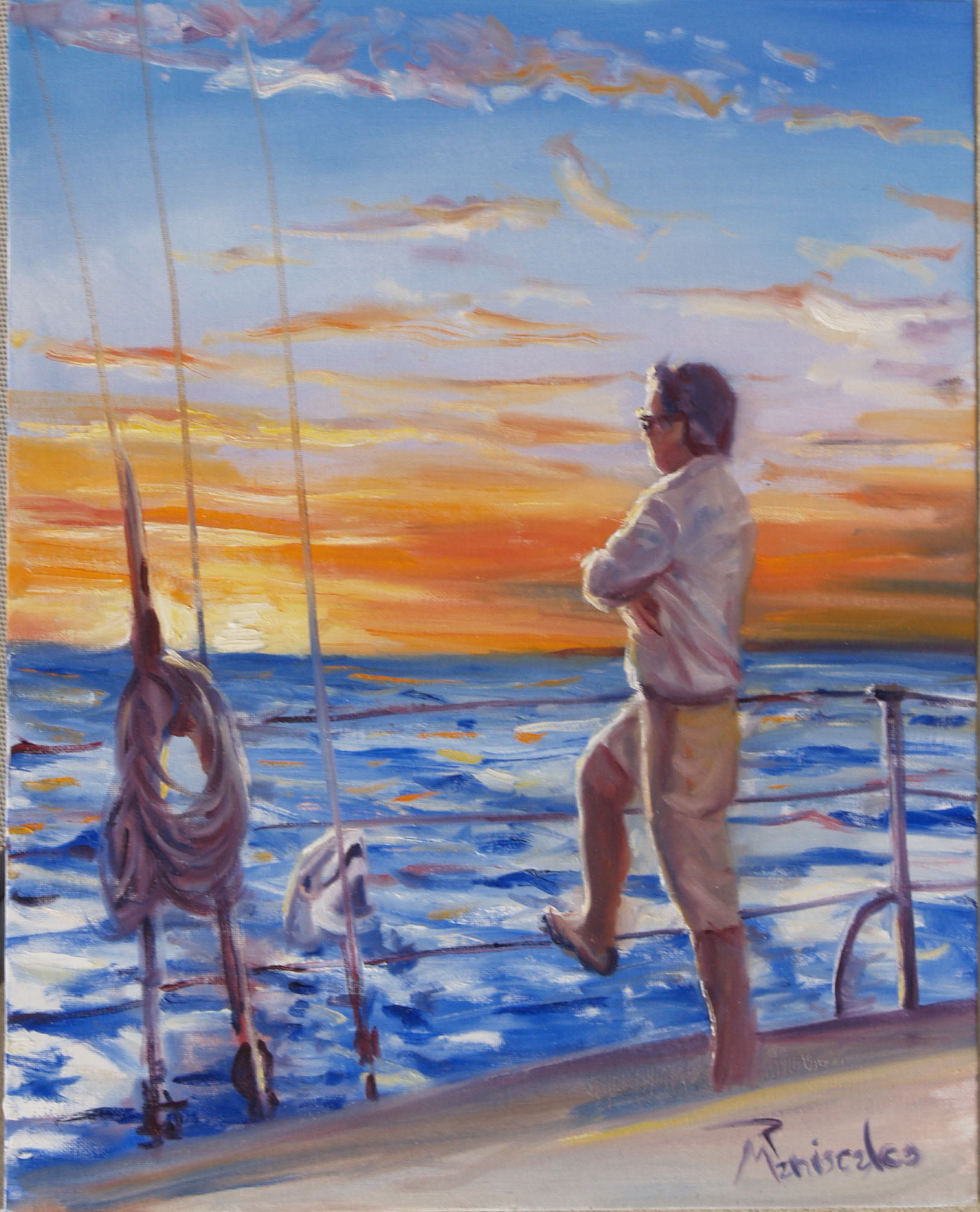 We all know that an arts education is an integral part of becoming a professional artist. It is also integral to becoming a fully functional human being. The arts have a way of opening up and developing the whole person. In school, we are taught how to survive. We learn that red means stop, and green means give it the gas. We are taught our right hand from our left, that grass is green, that the sky is blue, night time is dark, etc. While this kind of education may serve to help children make sense of the complex world around them, it is not the whole picture.
We all know that an arts education is an integral part of becoming a professional artist. It is also integral to becoming a fully functional human being. The arts have a way of opening up and developing the whole person. In school, we are taught how to survive. We learn that red means stop, and green means give it the gas. We are taught our right hand from our left, that grass is green, that the sky is blue, night time is dark, etc. While this kind of education may serve to help children make sense of the complex world around them, it is not the whole picture.
And yet as we grow into adults we are asked to continue this neat segregation into categories. We are taught, for instance, that the color black is evil and that white is holy, which eventually translates to read, “black people are to be feared and white people are the good guys.” Then, when we are all grown up, we are taught that Walmart is evil and Republicans are good—no wait a minute, that was last year! In other words, we are taught to add meaning to things around us in order to create agreement. Without consensus, the reasoning goes, we will cease to function as a society. We seem to be saying, “if you agree with me, no one will get hurt!”
The point is that we have been taught to stereotype and make ever-broadening generalizations about the world. It is part of the very fabric of our educational system. Not that schools teach racism or xenophobia. It is the nature of our black and white education that leads us to become racist. In this context it is not hard to understand why our society suffers from the scourge of racism and our world is racked by nationalism and religious extremism. Have you ever wondered why the Israelis and the Palestinians refuse to get along? They’ve been carefully taught not to. It is not because the children of Iran lack education in the three “R’s” that allows religious zealots to rise to power, it is the disconnect with their own culture and the restrictions of their creative freedoms that drive down their society.
By exercising the right-brain, which gives us the ability to see in the abstract perception of line, form, color, as well as complex political and social concepts, we begin to view the world objectively, rather than subjectively. We begin to see in shades of gray rather than black and white. To express a line of music or dance we begin to experience our senses in a profound, universal ecstasy. It reaches into our soul in a way reading Time Magazine can’t. Self-expression is visceral. When fully self-expressed the soul experiences a one-ness with the universe—an inner peace that makes us more sensitive, present, in short, more human.
There is no right and wrong in art, no moral imperative. Developing artistic skills requires discipline, focus and inner freedom. Artistic accomplishment creates self-esteem and provides an access to our higher power—a connection, one to another.
It is important that we consider the possibility that public education caters almost exclusively to the left-brain. As the arts have been dropped from the curriculum and schools have concentrated more and more on achieving higher test scores to satisfy federal mandates our society is losing its ability to function in a humane way. I am so grateful I had art and music when I was growing up. As I present workshops in the inner city I see the children who have never been exposed to the arts. There is a deadness in their eyes that makes me sad in my heart.
The arts have a way of bringing the right-side of the brain into the process of solving problems. The arts have a way of breaking the cycle of mendacity and desperation which poisons our communities.
Most artists have developed the ability to create opportunities where there didn’t seem to be any. This is the true meaning of creativity and it is probably the single most important survival skill an individual can learn. The goal of any arts education or arts mentoring program is to provide an opportunity for students to discover alternative methods of survival and expand their ability to cope with the challenges facing them every day with creativity and trust. That is the powerful potential of a good arts education.
Am I really saying the arts are the key to world peace? Indeed I am! Help stamp out cultural illiteracy and war. Sign your child up for ballet today.
See “50 reasons your kids should learn to draw and paint”
and “50 reasons why playing music is good for your kid”
__________________

 Would you like to get inspiration in your inbox, rather than ads for more stuff? Welcome to ManiscalcoGallery.com
Would you like to get inspiration in your inbox, rather than ads for more stuff? Welcome to ManiscalcoGallery.com